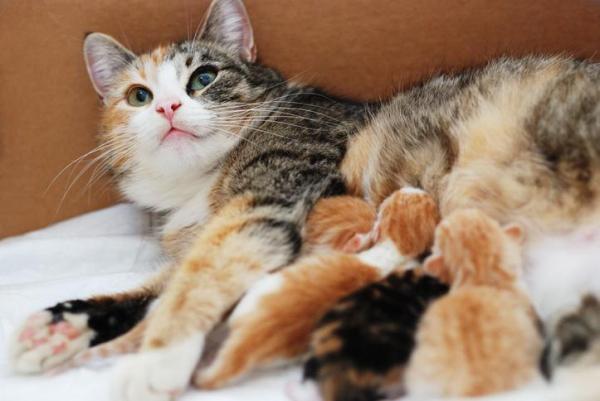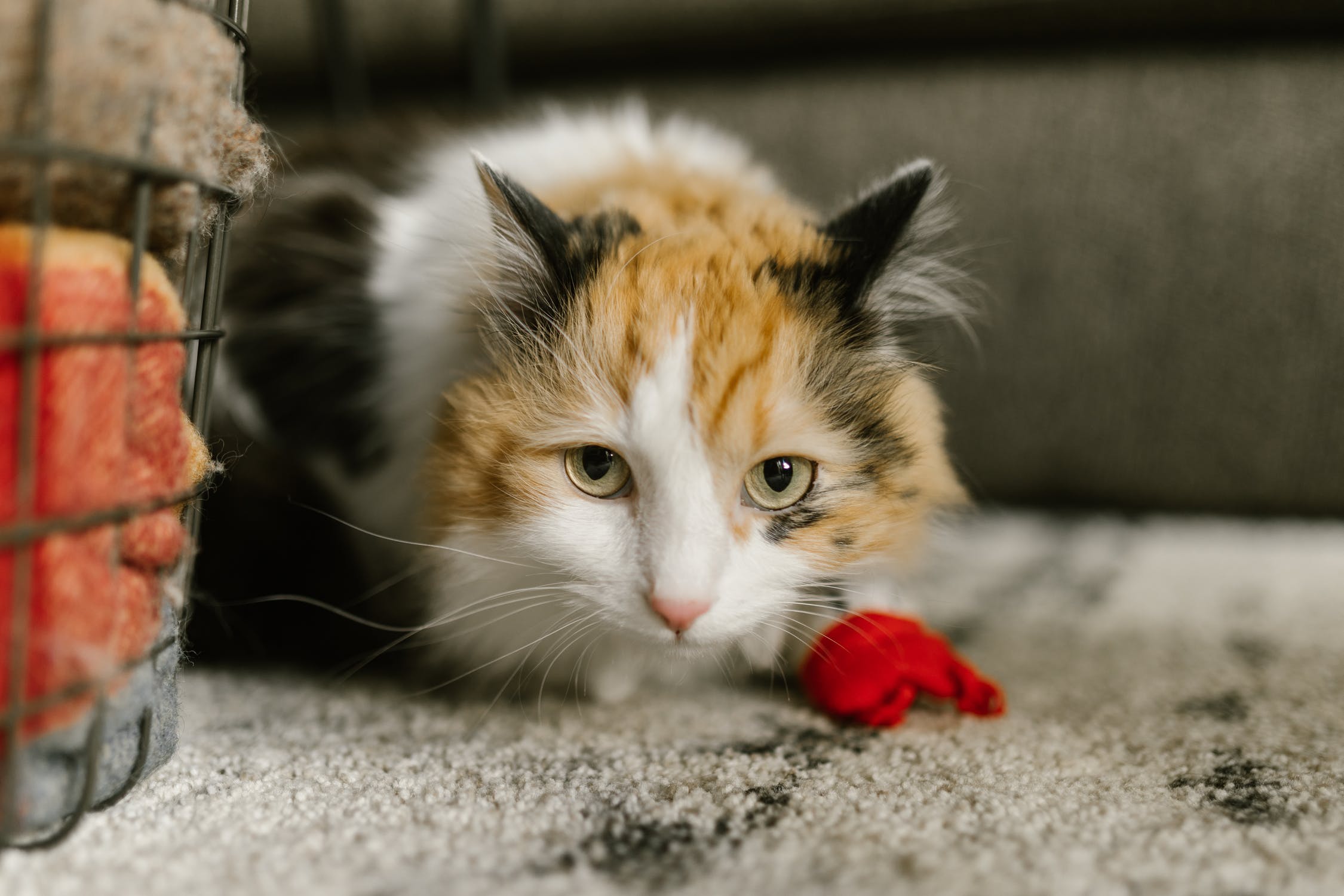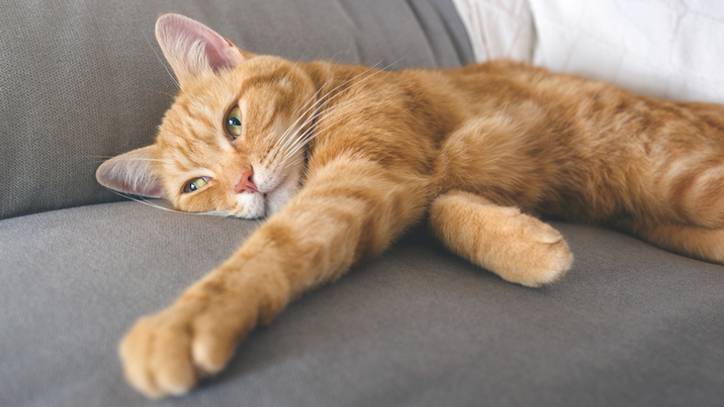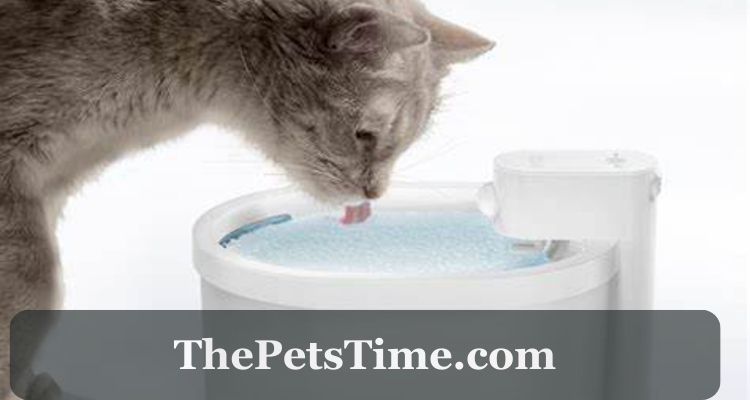Week by Week Pictures of a Pregnant Cat
Whether you are planning on getting a new pet or you have a pet that is already a part of your family, you may be interested in finding out what the week by week pictures are of a pregnant cat. This article will provide you with a number of things that you may want to know, including what symptoms are associated with a pregnant cat, how you can tell if your cat is pregnant, and how to help your cat during this time.
Also Read: animal magazines accepting submissions
X-rays and ultrasound can tell you if a cat is pregnant
X-rays and ultrasound can tell you if a cat is pregnant, and they are not invasive. However, they may not be available at every clinic, so it’s best to discuss your concerns with your veterinarian.
X-rays are typically used as a diagnostic tool. However, radiographs can be used to detect pregnancy six weeks after breeding. They are also used to determine how many kittens a cat is carrying.
The earliest signs of pregnancy in cats are usually the most subtle. A rounder belly is a common early sign, and it can be easier to detect in younger, thin cats. Nipples are also common in pregnant cats, and they may become more visible, or more pink.
Cats also show other pregnancy symptoms, such as increased affection and nesting behaviors. A pregnant cat may also be more territorial with other animals. The behavior may also change to become less affectionate with humans.
Pregnant cats may also experience morning sickness. If your cat is vomiting, it is important to consult a veterinarian. Typically, cat owners will notice a change in appetite, and their cat will want to eat more often.
Cats may also show a slight increase in weight during pregnancy. A cat may gain as much as two to four pounds during pregnancy. This is normal, as the cat will be feeding multiple fetuses.
A cat may also show signs of morning sickness, but it is important to consult a veterinarian if you are concerned. Some medications and vaccines can also cause harm to the developing kittens.
X-rays and ultrasound can tell if a cat is pregnant, but they don’t tell you exactly how many kittens are in the womb. A vet may be able to tell how many fetuses are in the womb by feeling the abdomen.
Symptoms of a pregnant cat
Symptoms of a pregnant cat week by week pictures show changes in a cat’s behavior. They will become more clingy, affectionate, and maternal. They will also seek additional attention from their owners. A pregnant cat will also prefer staying indoors.
A pregnant cat will also display signs of morning sickness. This can be seen as a lack of appetite or vomiting. Some cats also experience mood swings. They may be aggressive or reclusive. If these symptoms occur, take the cat to a vet.
A pregnant cat’s nipples will begin to swell. These changes are commonly known as pinking up. They will become larger within three weeks. Cats’ nipples are also sensitive to touch.
Cats will begin to lose their hair in the belly. This is due to the hormones involved in pregnancy. A pregnant cat will also start to groom herself more carefully. They will also start to pant.
When pregnant cats go through labor, they will usually try to find a quiet place to give birth. They will try to lick their genitalia frequently. They may also try to nest. They may also attempt to give birth outdoors.
The cat will also start to sleep more. They may become restless at night and will also want to spend more time indoors. They may also start to eat more frequently. This is because they need to feed more often.
A pregnant cat will also develop a swollen belly. This will continue to get bigger until the kitten is born. When the belly swells, the cat will find it difficult to bend and twist.
If a cat is vomiting during this time, it is important to see a vet. This can be a sign of illness or worms.
Feeding a good quality balanced diet to your cat
Providing a good quality balanced diet to your pregnant cat will help ensure a healthy baby. The baby will grow in the mother’s womb and will require extra calories and protein to support growth. Your cat will also need more energy to produce milk and care for the young.
A good quality balanced diet for your pregnant cat should contain the proper amounts of protein, carbohydrates, vitamins, and minerals. These nutrients play a role in enzyme formation, oxygen transportation, and pH balance.
The best way to determine the best diet for your cat is to consult a veterinarian. He or she will be familiar with your cat’s health history and can recommend a diet that will meet your cat’s needs.
For best results, consider adding a few small changes to your cat’s diet each day. Changing a cat’s diet abruptly can cause digestive upset. The simplest and most practical way to go about it is to gradually replace old food with newer food. You will also want to ensure that your cat is always drinking plenty of water.
The best diet for your cat is one that is highly digestible. This will allow your cat to absorb more nutrients in a smaller amount of food. It is also one of the cheapest ways to ensure your cat gets the nutrition it needs.
Providing your cat with a nutritionally balanced diet may also help prevent health issues related to heat-processed foods. Cats that are fed a high quality diet may be less likely to contract cancer or heart disease.
The best way to feed your cat during pregnancy is to follow a routine. Start by feeding your cat a small amount of new food each day. Eventually, you can transition to a food that is specially designed for pregnant cats.
Conceal your cat to the room you want her to give birth to
During cat pregnancy, the mother will begin to lick her kittens and release amniotic sacs. These can be helpful to the kittens when they come out of the womb.
When the cat is pregnant, she will also begin to lose her appetite. This is a good time to make sure your cat has access to the proper food. The cat will also start to look for the perfect delivery spot.
It is a good idea to prepare a birthing box for your cat. This should be tall enough to prevent her from escaping, warm, and lined with soft materials.
In addition to the box, you should also provide a clean pile of dry towels for cleaning your kittens. You should also keep a cell phone nearby to make calls to the vet if things start to go south.
You should also have a heat lamp on hand. This is necessary since kittens will not be able to maintain constant body temperature during the first days. A box lined with blankets or laundry baskets will also help.
Cats usually do not want to be touched during birth, but you can provide a safe and secure place for them. You should also make sure you have a number of veterinarians close by, so you will be able to take your cat to the vet if needed.
The cat may also have to be kept away from children during her delivery. If she is giving birth to twins, they may share a placenta. You can also help her to give birth by gently breaking the amniotic sac with a towel.
You can also help your cat by wrapping the kitten in a clean towel. This will trigger her membranes to open and will also trigger circulation and breathing.
Kitten food is vital when your cat is pregnant
During pregnancy, your cat needs extra nutrients, such as extra calories and protein. Kitten food can provide these nutrients. You should consult your veterinarian about feeding your cat during pregnancy.
During pregnancy, your cat’s weight should increase by around 40 to 50%. The food you feed your cat during this time should be nutritionally balanced to meet these new requirements. It should be easy for your cat to digest.
Your cat’s diet should also include a balance of minerals. Calcium is a crucial mineral for healthy bones and teeth. If your cat’s diet contains too much calcium, it could lead to eclampsia, a life-threatening condition.
You should also increase your cat’s water intake. She will be thirsty, and you may need to provide multiple water bowls around your house.
Kitten food should contain a lot of calories. This ensures that your cat has enough energy to give birth. You should choose a high quality food formula that contains protein and healthy fats.
During the last 4 to 6 weeks of pregnancy, your cat’s growth rate is very fast. She will need more food and water to support her growing body. You can feed her a mixture of dry and wet kitten food to ensure she gets enough nutrition. You may also consider adding fish oil to provide additional healthy fats.
It is important to gradually transition your cat to a new diet. Your cat may not want to eat as much as it did before. You may need to add food and water slowly until your cat has had enough.
During pregnancy, your cat may be very sensitive to carbohydrates and proteins. The food you feed your cat should have easily digestible protein and carbohydrates.





